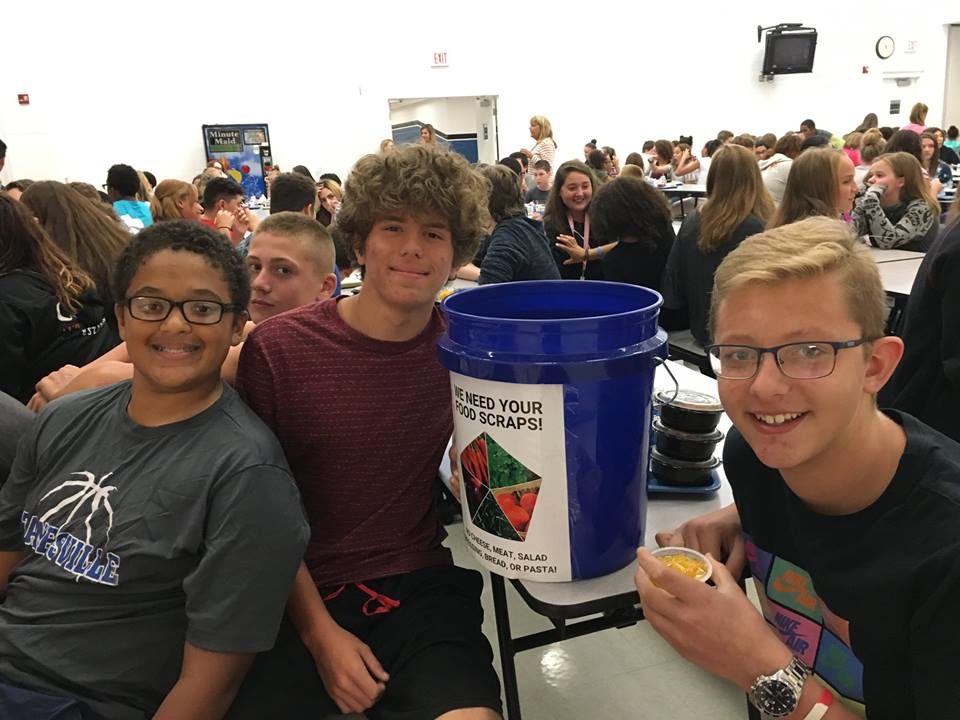Through four years as an agricultural education teacher in Zanesville City Schools, Jessica Stonecypher has learned a lot – much of it from her students. In her district, which she describes as a mix of urban and rural, she has taught many students with deep and varied agriculture knowledge that has been passed down through generations on the farm. She says such rich legacies have benefited classroom discussions: “In general, my students and their families are savvy. They bring a lot to the table in terms of knowledge and skills. I do my best to facilitate this sharing of skills and knowledge in the classroom.” Stonecypher offered more about her district, her students and her experiences teaching in her urban-rural district:
Q: Tell us a bit about your educational background and your work experiences before taking your position with Zanesville City Schools.
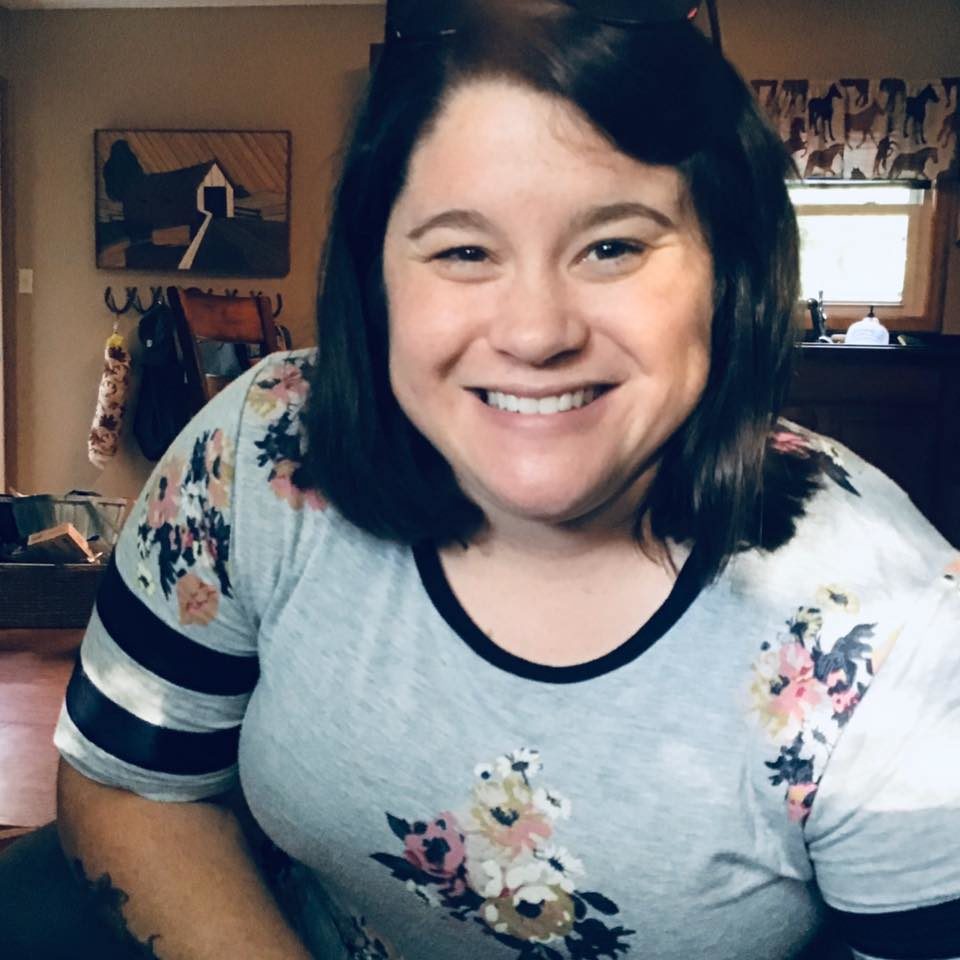
A: My background is varied. I have a Bachelor of Science in human development and family science from Ohio State University and a Master of Arts in practical theology from Methodist Theological School in Ohio.
Following graduate school, I served as a family ministry director for a year at a local church. Then I worked in governmental organizations for a few years, including the Muskingum Soil and Water Conservation District as their urban agriculture specialist and the Zanesville-Muskingum County Health Department as a health educator.
I am a graduate of Zanesville High School and was made aware of the new agricultural education program the school was looking to create. I began teaching agricultural education four years ago.
Q: What grade levels do you teach, in what buildings, and what courses do you teach?
A: I am a satellite instructor for Mid-East Career and Technology Centers in Zanesville, and I teach grades 7-10, which puts me in the middle school and high school buildings.
I teach an introduction to agriculture, food and natural resources class; a food science class; and a science of plants and animals class. Part of my job is supporting students as they discern whether career tech education is a good fit for them. If they choose to pursue this option, they move on to the career tech center where they either continue their agricultural education or pursue a different program that better fits their needs and interests.
Applications open for STEM Rural Ohio Fellowship
Educators know that learning is at its best when students can find a personal connection to their work. The year-long STEM Rural Ohio Fellowship uses a cohort model to help members learn about, reflect upon, and inform their local STEM educational landscape.
Through the study of place-based learning, teachers will develop targeted solutions that build upon local resources and address current challenges within their own communities. Educators who complete the program will receive a $600 stipend.
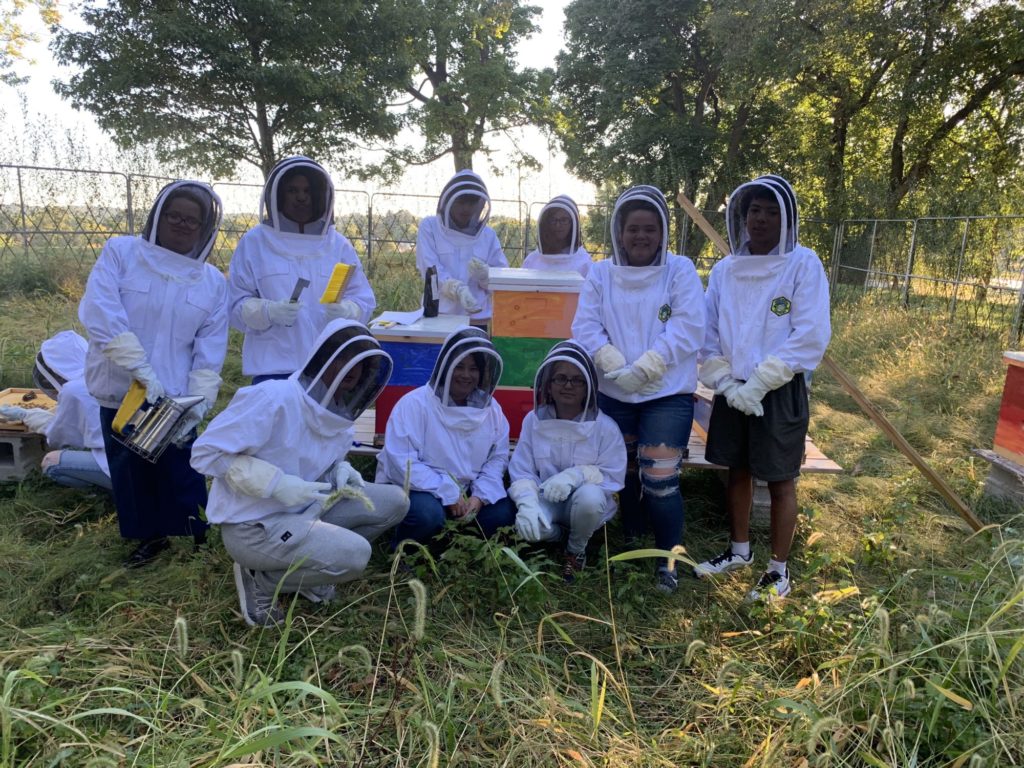
Q: Why did you choose to teach in a somewhat rural district rather than in a larger urban one?
A: I am blessed to serve a school district that is both urban and rural. We are in Zanesville, which has urban characteristics and strong rural influences. I chose to teach in this district because I was engaged in urban agriculture initiatives in Zanesville when the opportunity became available.
This setting is unique because some of my students have some experience with agriculture through family members who live on, or used to live on, farms as well as through 4-H. Others have no experience.
Being an Appalachian county, our heritage is steeped in self-sufficiency. Many of my students have family who are well versed in homesteading and gardening. Their learning in my classroom often sparks meaningful family discussions and intergenerational wisdom sharing at home.
As a Zanesville native and someone who has worked in the agricultural industry before becoming a teacher, I saw some of these community characteristics before I started this position. This inspired me to work with this population.
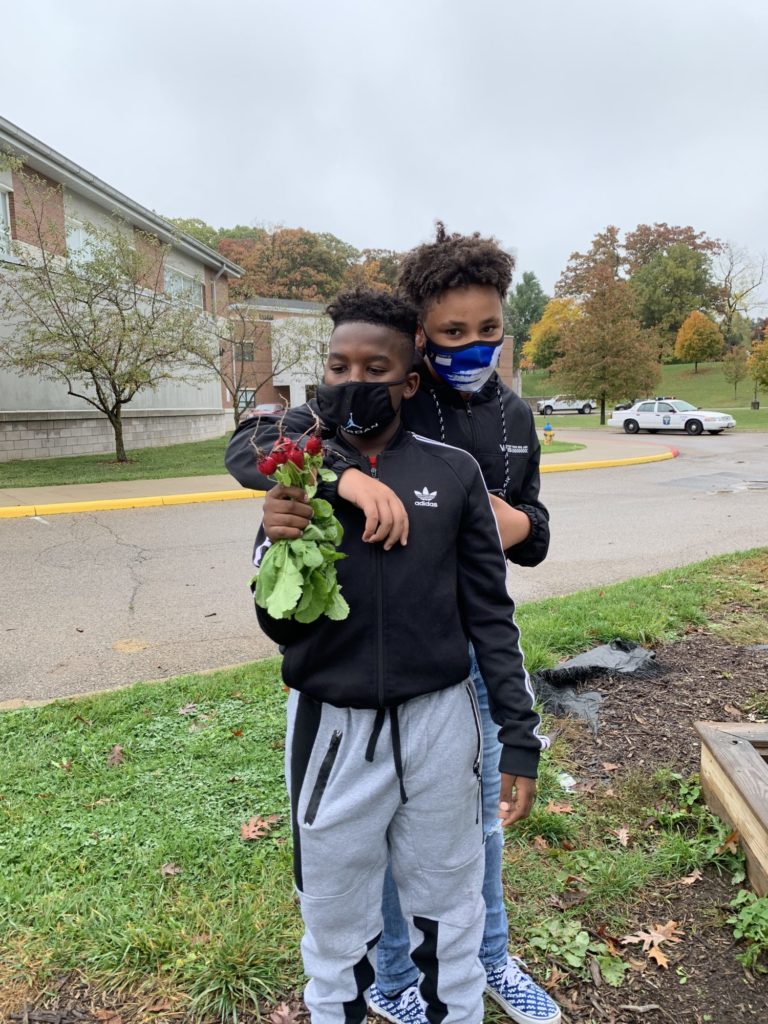
Q: How do the two types of districts differ? Does a rural district have advantages over an urban district? What are the disadvantages?
A: Urban and rural districts are different in many ways. Rural districts have different assets and access to support than urban districts. Many of these resources are housed in urban environments, making them less accessible to rural districts.
What rural teachers and students need the most is contextual support from their communities. We need supporters who take the expertise of rural teachers seriously. We know what we need to be successful. We simply need help finding the resources necessary to make our classrooms the best they can be for students.
We don’t need “experts” telling us what we need and how we should do our jobs. We need trusted partners, advocates and cheerleaders to journey with us as we try new things and make the most of what we have to work with.
Q: How have you shaped your lessons and projects to fit better in a rural setting?
A: With my setting being a mixture between rural and urban, it has been challenging to find ways to connect with all my students. The biggest thing that has helped me engage with my rural students is relying on the skills they have to enrich the educational experience of my other students.
I encourage my students to share what they know about the topics we are exploring. My rural students often have a great deal of background knowledge in agricultural content. Sometimes they are experts in an animal breed or a specific crop and can help guide the class in learning more than what we would normally cover in class.
In general, my students and their families are savvy. They bring a lot to the table in terms of knowledge and skills. I do my best to facilitate this sharing of skills and knowledge in the classroom.
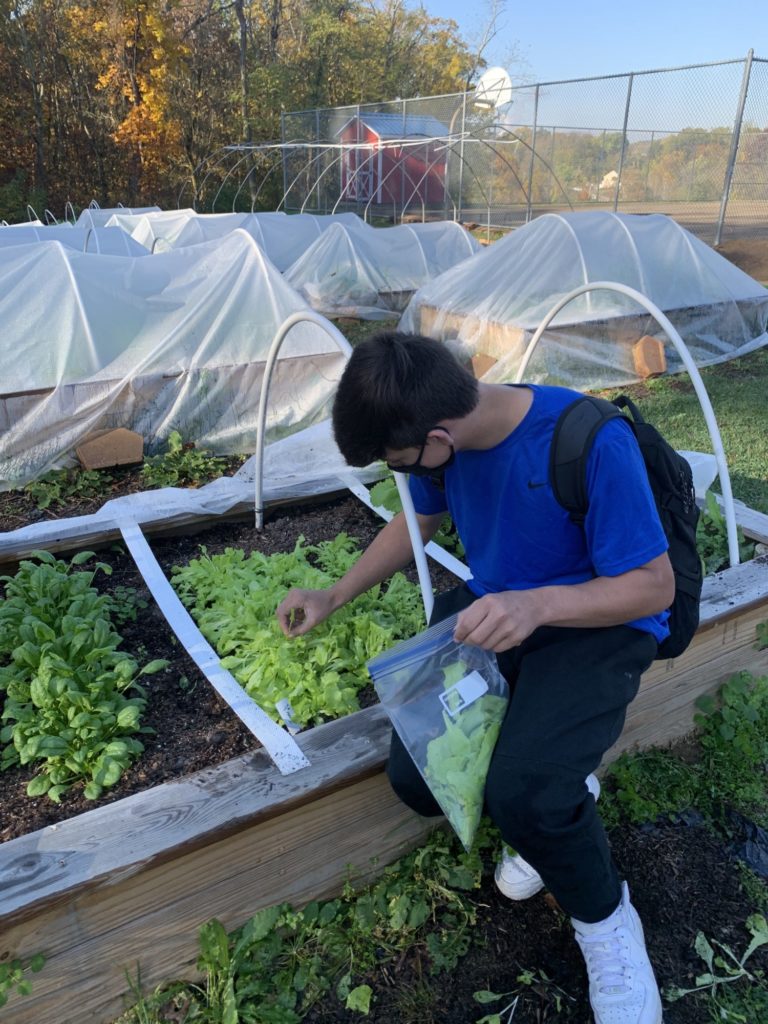
Q: What has worked well for you, and what has not, including specific projects? What, in general, have you learned through your teaching experiences?
A: I’ve learned a lot about teaching over the past four years. I know I have a great deal to learn moving forward and am always looking for ways to improve.
The biggest thing I’ve learned is the value of quality over quantity. One quality initiative or project is worth more than a plethora of projects going on at the same time. Community based projects require attention to detail and constant communication with community partners.
The other thing I’ve learned is that sometimes a project sounds good in theory, but when we try it in the classroom, it falls flat. Now, I simply learn from them and move on.
An example of one of these projects is our beekeeping initiative. We received two grants that enabled us to purchase the supplies we needed to start beekeeping at school. The students loved it! However, taking 25 students into the bee yard is not easy. I’m working on new ways to make this project safe and sustainable.
Q: Have you reached out to key local organizations/area experts/local businesses to help shape your curriculum? If so, how, and have these partnerships been helpful?
A: Local businesses and organizations have been very helpful with my program. The local extension office, Muskingum County historical society, Muskingum Valley Park District, our local soil and water district and the city of Zanesville have all helped us reach our goals with past and ongoing projects.
These organizations have provided information, field trips, presentations and collaborative opportunities to my students. They have helped my students see the connections between their learning and their community. They also get to see seasoned industry professionals in action, which has broadened their horizons regarding their future career prospects.
